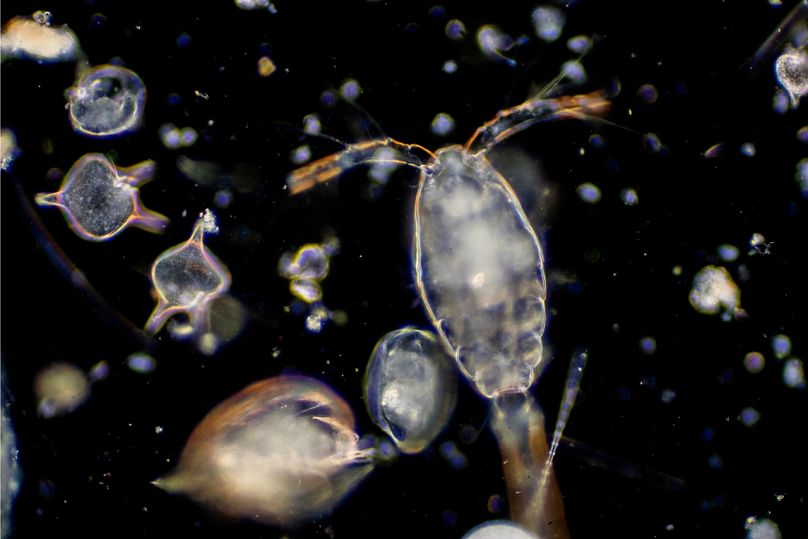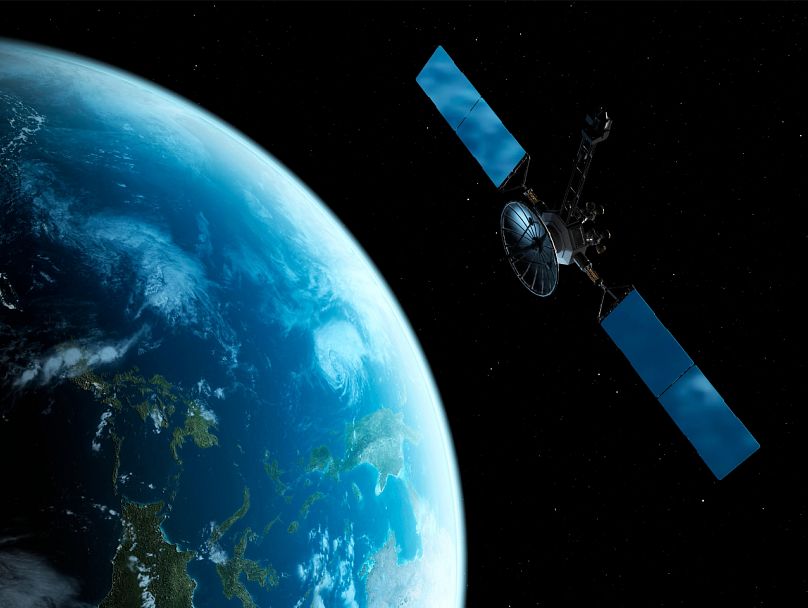NASA satellites show more than half of the Earth's oceans are green due to climate change disturbing marine ecosystems.
Strange changes to the colour of the ocean have spurred investigations from scientists.
Satellite data shows that over the last 20 years, colour shifts from blue to green have occurred over 56 per cent of the world’s oceans. The changes are particularly evident in tropical regions near the equator.
Researchers say that this subtle greening of our oceans points to the effect that climate change is having on life under the water.
Why is the ocean turning green?
Nasa’s Modis-Aqua satellite picked up on a gradual shift from blue to predominantly green hues in over half of the world’s oceans. The area that has changed colour is greater than the entirety of the land on Earth.
BB Cael at the National Oceanography Centre in Southampton, UK, and his colleagues analysed the data from NASA and believe the green colouring is a sign of ecosystems changing due to climate change.
What these shifts are and the exact cause are unconfirmed, but BB Cael says it’s likely to be linked to the creatures at the base of most food chains - phytoplankton. These organisms also play a vital role in producing much of the oxygen we breathe and stabilising our atmosphere.
“The effects of climate change are already being felt in the surface marine microbial ecosystem,” the study notes.
Colour-changing oceans could indicate a bigger problem
A change in the colour of the ocean could reflect a change in the state of its ecosystems, according to the study’s authors. Deep blue indicates less life while greener hues indicate more activity from phytoplankton.
It paints a picture of what is going on in the surface layers of the water.
But the colour of the ocean can change from year to year with chlorophyll levels at the surface varying wildly. It makes it difficult to differentiate whether the shift from blue to green is being affected by climate change.
Scientists thought it could take up to 40 years of monitoring the colour of the ocean before they spotted any trends. Different satellites also measure colour changes in different ways too. It means that the data from each one often can’t be combined.
To delve deeper into the changing colours in the ocean, a NASA mission called Pace is scheduled to launch in January 2024. It will monitor plankton, aerosol, clouds and the ocean ecosystem.













